Documentation Process
A Documentation Processis the systematic process of creating, organizing, storing, and maintaining written records that capture important information, procedures, decisions, and other details within an organization.
Documentation Process
Comprehensive ERP features for Documentation Process:-
-
Desktop-Like InterfaceEnhances productivity with multitasking, drag-and-drop, and responsive design.
-
Advanced Document ManagementSecure and advanced document management system for efficient storage, organization, and retrieval.
-
Cloud-Based AccessibilitySecure cloud-based accessibility for anytime, anywhere access to data and applications.
-
Collaboration & SharingSeamless collaboration and sharing tools for efficient teamwork and real-time document exchange.
-
Workflow Automation & IntegrationsAutomated workflows and seamless integrations for enhanced efficiency and streamlined operations.
-
Security & ComplianceRobust security and compliance management to ensure data protection, regulatory adherence, and risk mitigation.
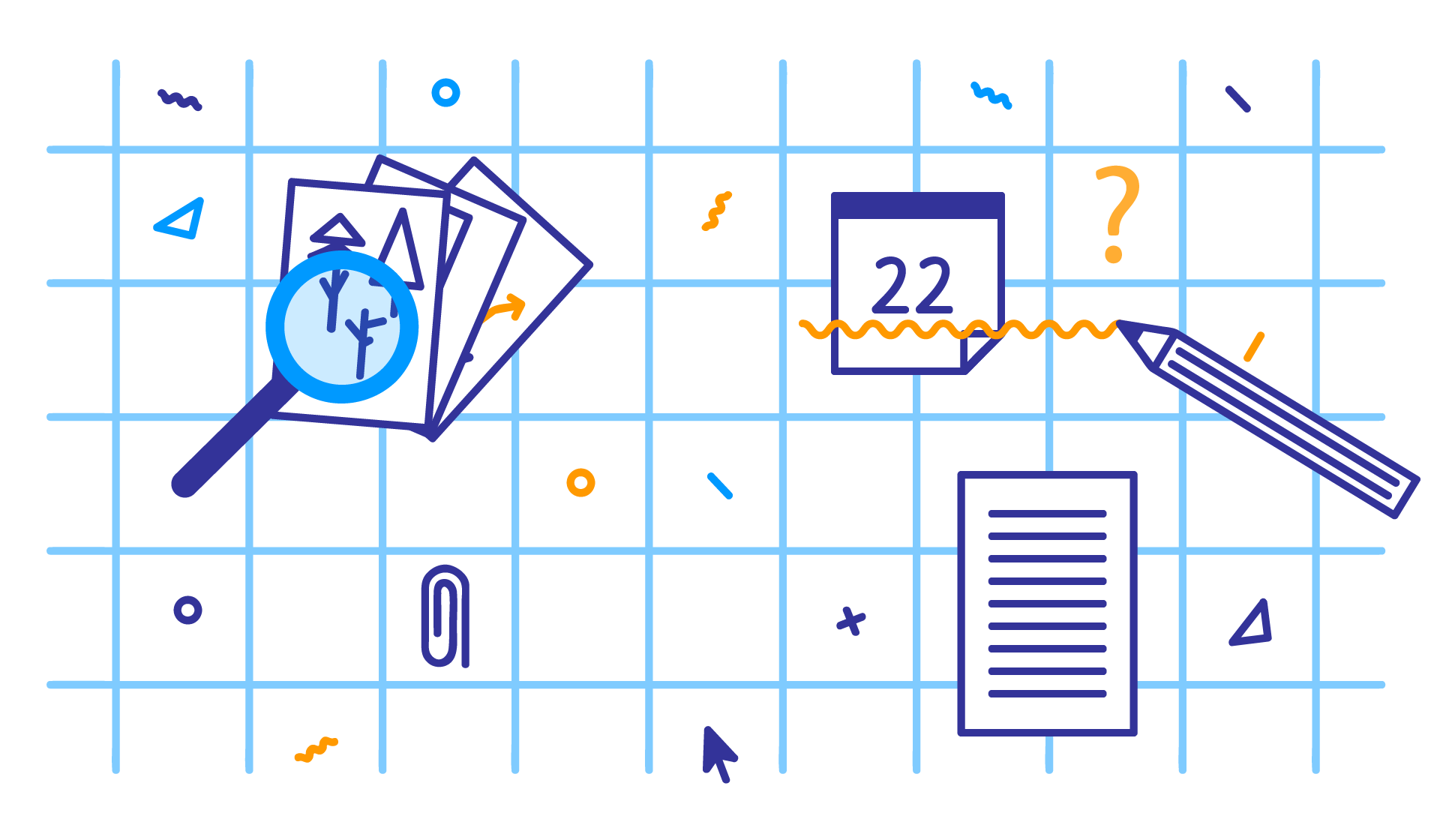
Planning and Identifying Purpose
The first step in creating effective documentation is identifying its purpose and the intended audience.
Knowing the goal helps in structuring the document appropriately, selecting the right format, and deciding on the level of detail needed.
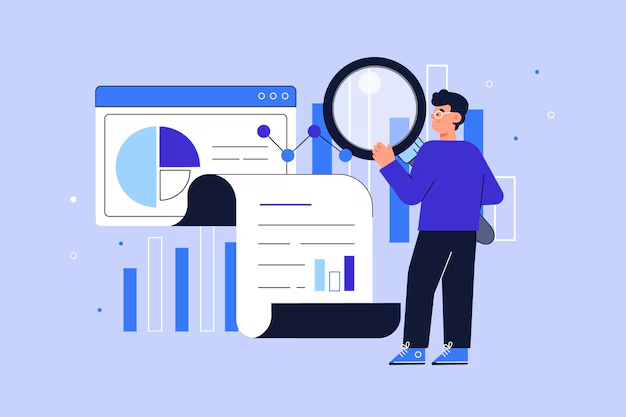
Research and Data Collection
Collect the necessary information or data required to create the documentation.
This may involve research, interviews, or gathering existing materials like reports, emails, and project notes.
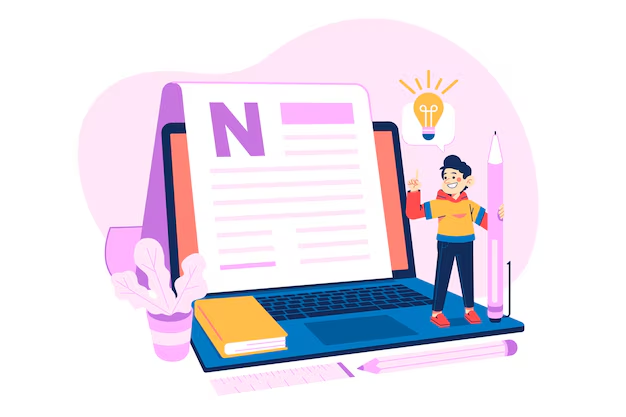
Creating the Document
After gathering the necessary information, start drafting the document. This stage involves writing clear, concise, and structured content.
Depending on the type of documentation, you might include headings, subheadings, bullet points, diagrams, and flowcharts to improve clarity.

Review and Editing
This phase ensures that the final document meets the required standards, is error-free, and effectively communicates its intended message.
The review and editing process involves checking the content for grammar and spelling errors, verifying factual accuracy, assessing structure and flow, and ensuring that the document adheres to organizational or industry standards.
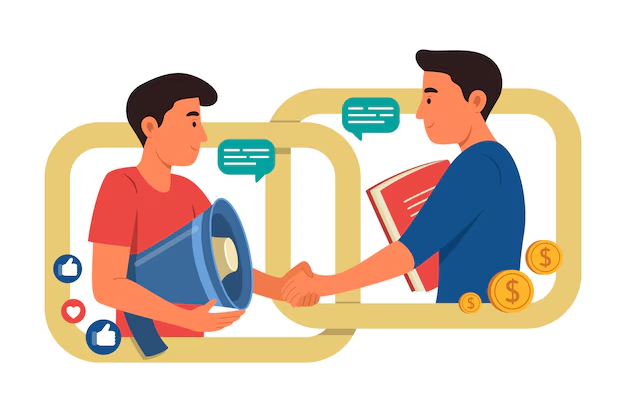
Collaboration and Communication
They form the backbone of effective teamwork, ensuring that team members share ideas, resources, and responsibilities to achieve common goals.
They form the backbone of effective teamwork, ensuring that team members share ideas, resources, and responsibilities to achieve common goals.
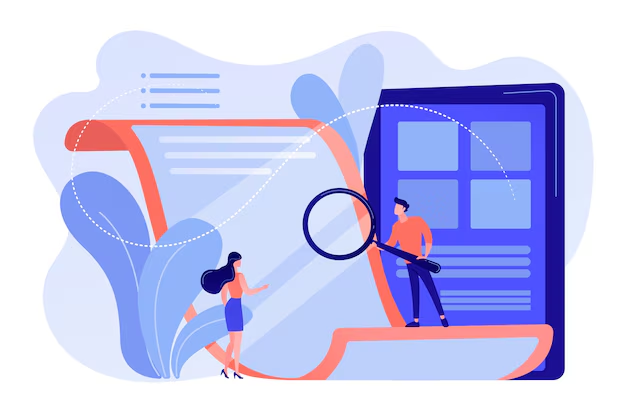
Standardization of Document Format
Standardizing formats and templates is essential for consistency and clarity. Standardized templates help in organizing information in a uniform way, making it easier to understand and use.
These templates can include predefined headings, sections, and formatting rules. For example, using consistent fonts, colors, and layout across all documents in a company can make documentation more professional and easier to navigate.
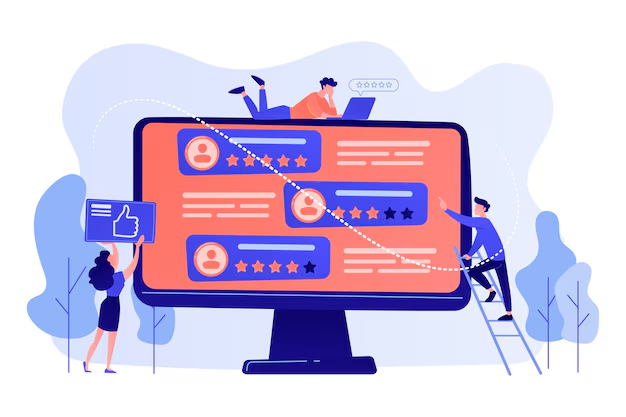
Review and Approval Process
After a document is created, it often goes through a review and approval process before being finalized.
This step ensures that the document meets quality standards, is factually accurate, and complies with organizational policies. Reviewers may include subject matter experts, managers, or compliance officers who check for clarity, accuracy, and relevance.
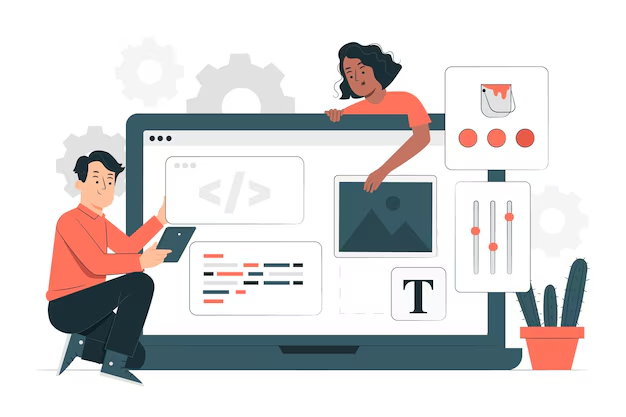
Website CRM - Create your own website
Creating a website with a CRM (Customer Relationship Management) system is a valuable asset in spa management. It allows spas to showcase their services, provide online booking functionality.
Clients can access their booking details, preferences, and loyalty rewards with ease, while you gain insights to improve services.